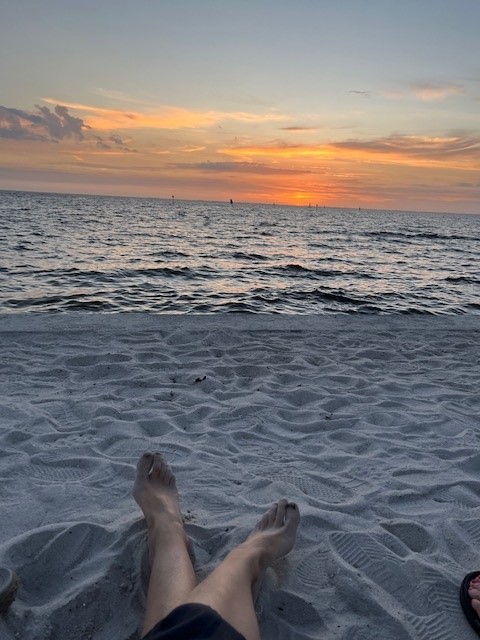
Bunions are an unsightly and sometimes painful foot deformity and runners can be more prone to developing them. It was not long after I started running that I began to notice a bunion forming. By taking some immediate steps as outlined below, I’ve been able improve the health of my feet and stopped my bunion from growing.
In general, there are steps you take to stop bunions from growing. Bunions can develop at any age, but it’s not inevitable a bunion will develop or how bad it will get. As soon as you are aware of a bunion developing, take immediate steps to support the health of your feet and monitor your habits to prevent a bunion from getting worse.
Running puts excessive stress on the foot which results in runners having a higher risk of developing a bunion, especially women. If you have noticed a bunion beginning to form or have had a bunion for some time you may benefit from adopting some of the strategies outlined below. I’ve found some creative and successful methods that have improved the health of my feet as I no longer have pain in my toes, experience toe cramps, and stopped my bunion from getting worse. Read on for the methods I’ve used that are simple, safe, and affordable.
Stop wearing narrow and tight-fitting shoes
Women tend to be more prone to developing bunions for two main reasons, weaker connective tissue in their feet and more likely to wear tight, high-heeled shoes (see studies here). While there are many factors that influence the risk of developing bunions that we can’t control (genetics, short calf muscles, joint disease, etc), we can do our best to compensate for these factors and not make the situation worse.
Wearing shoes that are too small and narrow puts additional pressure on the foot and contribute to bunions developing in many people. Be sure to wear the proper size for your foot as your size can change over time. As you age the arch naturally falls causing the length of your foot grow.
A good way to tell if a shoe is too narrow is to look at the sole of the shoe and compare it to the natural shape of your foot. If the width of the shoe is not wider than your foot, especially in the toe box, keep looking.
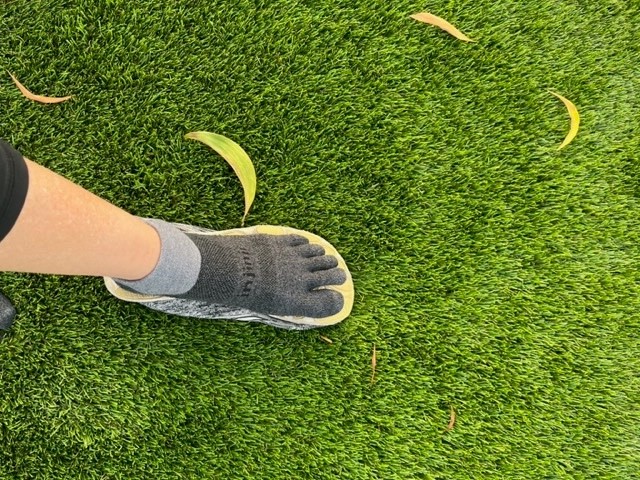
Sandals are usually a great option as dress shoes for women. They are less restrictive and allow the toes to lay naturally. Finding sandals that hold the big toe can even help to keep your toes aligned better. Be sure to choose sandals that are flat and have good support.
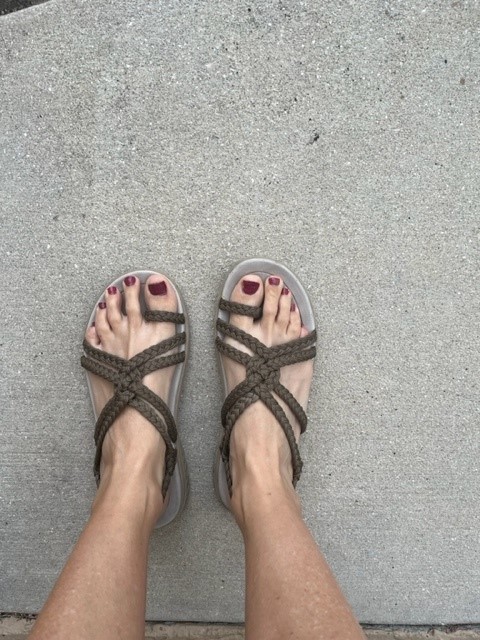
Click here for link to sandals I have above.
Choose shoes with a wide toe box
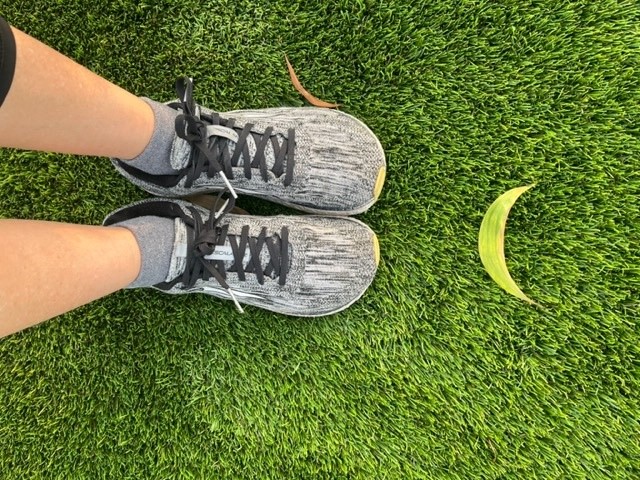
Start using shoes with good support and a wide toe box. In addition, choose shoes that have a soft flexible fabric and avoid ones that are stiff or have a seam that can irritate the bunion. Stiff fabrics can put additional pressure on the bunion area and can calloses to develop.
It is very important to select running sneakers that have a wider toe box. Women can try the men’s version of a favorite running shoe as men have slightly wider feet and many shoes are designed with this in mind. As a general rule men’s shoes are usually 1 1/2 sizes smaller than women, but it may depend on the brand.
The running shoe brand Altra is an excellent option for ones with bunions. This brand is known for their natural fitting wide toe box with a zero-drop footbed. A zero-drop shoe means there is no difference in the height from toe to heel. This may take some adjusting to, but you may find these two differences make a big difference in the health of your feet.
I mostly run in Altras now and my feet are much happier. I use them whenever I need closed toe shoes that aren’t dressy. Adjusting to a wider toe box will take some getting used, but you can still find shoes you like with a little more searching.
Click here for the link above.
All good running shoes are going to be more expensive than your average sneaker, but it is worth the investment (see my article here on the need for real running shoes). Altra’s and Brooks are my favorite, but Brooks does not have as wide a toebox as Altra’s.
For some money saving tips on buying running shoes see my article here.
Wear toe separators to help align the big toe
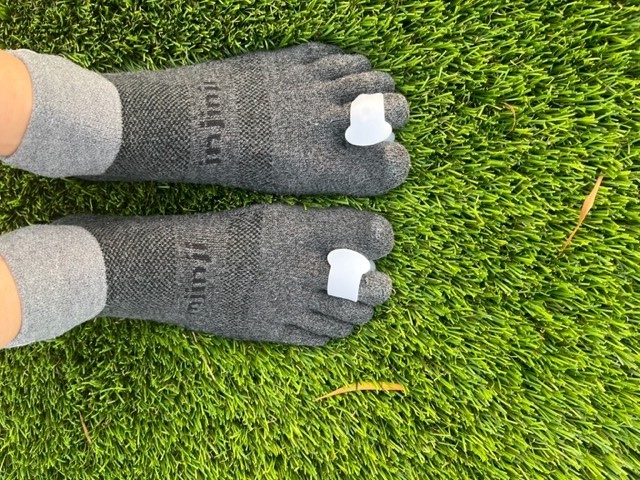
Use toe separators to help keep the toe aligned in a more natural position. The beginnings of a bunion can be easy to identify, and this is the time to start using a toe separator to support proper alignment to prevent a bunion from getting worse.
There are various types of toe separators to choose from. I try to use them whenever I need to wear closed toe shoes including my Altra running shoes. They are also a great way of knowing if the shoe toe box is wide enough. If you can’t comfortably wear a toe separator then the toe box is likely too tight.
Be aware that you could be making a bunion worse by the way you sleep. I noticed this was true in my case for a while as I had started wrapping my one foot around the other when on my side. This was causing me to sleep in a way that pushed my right toe inward for possibly hours at a time!
I have since broke myself of this sleeping habit by using toe separators at night. I now only use the toe separator at night occasionally but continue to wear them regularly in closed toe shoes.
Click link here for above.
Use yoga toes at night before bed
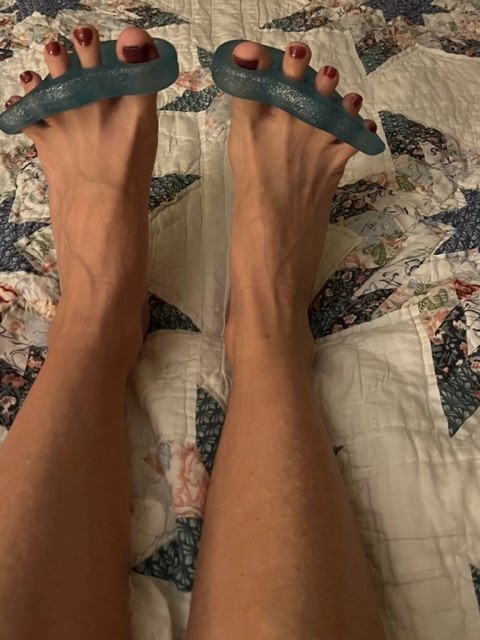
Yoga toes are full toe separators that stretches and realign all your toes. They are similar to the toe separators of a pedicure but made of sturdier material.
The yoga toes stretch the toes more than toe separators. This gives all the toes a good stretch including the small muscles around the toes. Wearing the yoga toes can also help with toe flexibility.
Most yoga toes made of a flexible silicone material which makes them both easy and comfortable to use. You can choose ones that you can walk in or go for a bulkier kind that are worn while relaxing.
I wear mine for short periods of time of up to 20 minutes while in bed at the end of the evening. Wearing yoga toes is the best way I’ve found to stretch the toes with little effort. You may find it is not the most comfortable experience, but you will likely notice some improvements with regular use.
Click the link here for above.
Wear toe socks

Socks with toes will provide some separation for your toes and prevent the toes from digging into each other. Toe socks may look a little strange, but once you get used to them you won’t want to go back to normal socks.
The socks provide just enough separation for each toe to allow a comfortable fit in most shoes that can be worn with socks. I like to wear my toe socks with a toe separator between my big toe and second toe. This provides just the right support and realigns my toe almost perfectly.
My aunt turned me on to these when she was preparing for her first 10K ever. As she also suffers from issues with her feet and she is good at research to solve problems, I have benefited from her recommendation. We both have switched almost exclusively to these when socks are needed.
You may find the toe socks a bit frustration to get on. They take longer to turn inside out and can be difficult to get your toes in the proper hole so just allow a little extra time for putting on your socks.
Click the link here for above.
Wear finger shoes to help separate the toes
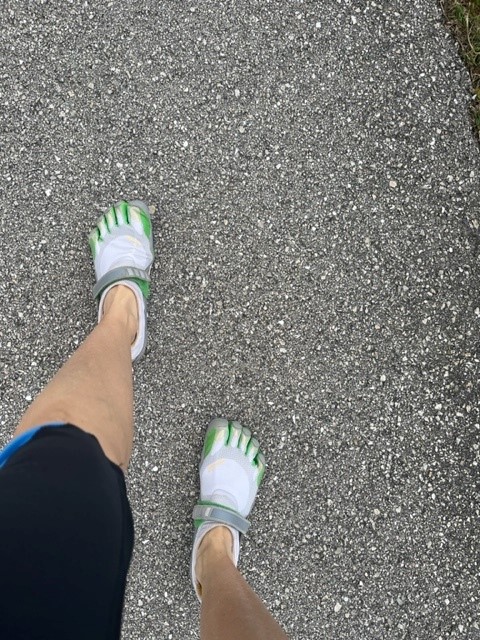
Barefoot shoes and finger shoes have become very popular amongst runners and other sports enthusiasts. They are like the toe socks except that they are shoes for each toe providing more support than bare feet (but not a lot more).
They are usually worn without socks as they fit snuggly around your foot. Many are made to be washed regularly for this reason, but you may need to be read the recommendations for properly washing the shoes as they may not hold up to regularly throwing them in the washing machine.
These shoes provide good separation between the toes, but they are not as comfortable as a pair of socks. Depending on the size of your bunion and the material of the shoes these may irritate your bunion so be cautious.
I like to wear the shoes around the house instead of my sandals for a little extra stretch but can only wear them for short periods of time. I need a bit more support and cushion for running, but I know others swear by them for running.
Click the link here.
As mentioned earlier the shoes provide minimal support and take time to adjust to. They should be worn for short periods of time and build yourself up to wearing them for longer.
They can take some getting used and you may find them difficult to use at first. My baby toe always has a hard time fitting in as it likes to smush against the other toes which is all the more reasons I need to be wearing them.
Do foot and toe exercises
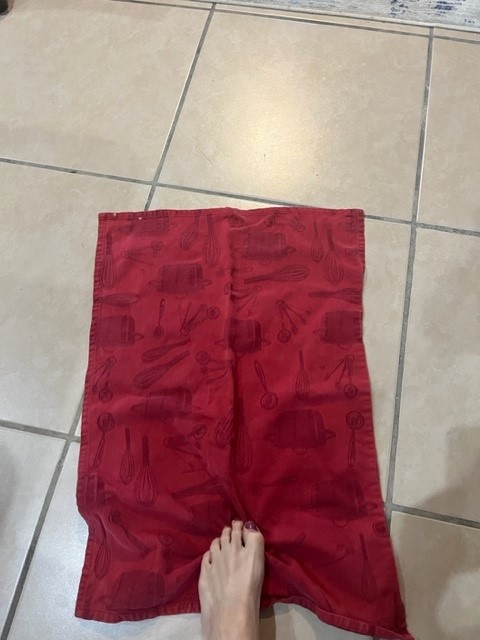
There are several exercises you can do to help stretch your toes and increase your flexibility which can help prevent further damage, relieve symptoms, and increase flexibility.
Some exercises that can be done 3 – 4 times each include:
- Stretch toes straight out for 5 seconds and then curl them under for 5 seconds
- Pick up light objects with our toes such as a marble
- Use your toes to pull a small towel laid on the floor in front of you towards your body.
- Stretch your big toe upwards for 10 seconds at a time and then flex it in opposite direction for 10 seconds.
- Calf raises of 10-15 that can be done single leg or both legs at the same time. These are good for bunions as they stretch and strengthen the arches which can reduce the amount of pressure and force on the big toe.
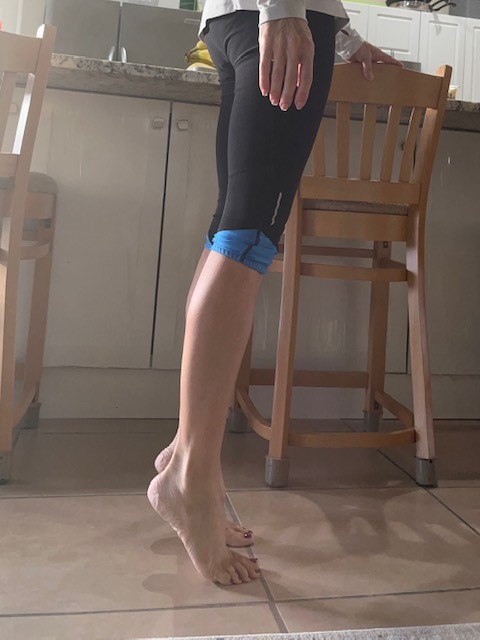
Give yourself a foot massage
Foot massages can relieve symptoms and prevent bunions from getting worse when done in conjunction with some of the above strategies. Keep in mind that foot massages after exercise are best and never force through pain.
- A favorite foot massage is a walk on the beach. This provides a gentle message while also strengthening the toes.
- Use a golf ball and roll it around on the floor with your foot. Besides providing a massage for the toe are, this can help with foot strains and cramping.
- Any hand massage that moves the big toes towards proper alignment and massages the small muscles between the toes.
A good massage therapist can provide some direction in helping you to perform at home mini massages on your feet. See my article here for more on the recovery benefits of a massage.
Key Takeaways
The above strategies can help prevent bunions from getting worse and may provide some relief if you experience pain. I’ve not found any one strategy to be the key for preventing a bunion from growing. I have found that adopting all of the above to be successful for me and I am very happy with the results.
While you may not be able to reverse the effects of the deformity, the above methods will likely improve the health of your feet.
* Always seek medical attention if you experience any pain or are concerned about any recent changes.